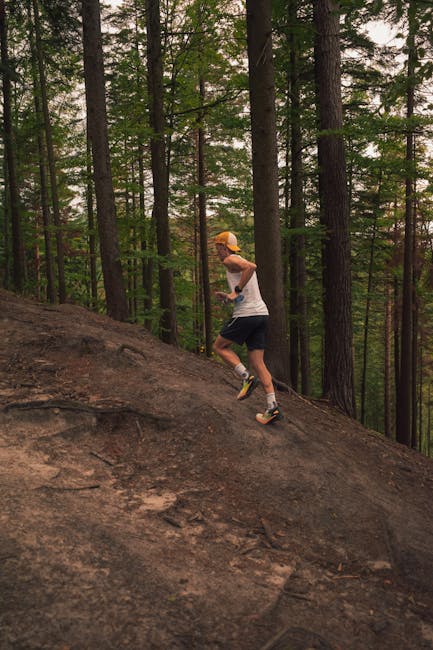
In a world obsessed with forward momentum, who would ever think to walk… backwards? Well, I did. Driven by persistent knee niggles – those dull aches that tell you your joints aren’t quite as young as they used to be – and a deep dive into obscure fitness trends, I stumbled upon the concept of backward treadmill walking. Proponents claimed it could work wonders for knee pain, balance, and even muscle development. Skeptical but desperate for relief, I committed to a week-long experiment: daily backward walks on the treadmill. Here’s what happened to my knees, and frankly, I’m still a little shocked.
Day 1-2: The Wobbly Initiation
Stepping onto the treadmill facing the console, then turning around, felt utterly unnatural. My first few minutes were a comedic display of uncoordinated shuffling. I clutched the handrails like my life depended on it, taking tiny, hesitant steps. The muscles engaged felt entirely different – my shins burned, my quads screamed in a new way, and my glutes, surprisingly, felt more activated than during a regular forward walk. My knees, though, felt an immediate relief from the usual impact. It was less jarring, almost like floating, but the effort to maintain balance was immense.
Day 3-4: Finding My Reverse Rhythm
By day three, the initial awkwardness began to subside. I was less reliant on the handrails and could manage a slightly quicker pace. The burning sensation in my shins eased, replaced by a deeper, more controlled engagement of my quadriceps and hamstrings. This is where I started to notice the magic. My knees, which usually complained after any moderate exercise, felt… quiet. The dull ache I’d been living with was noticeably less pronounced, and I could feel the muscles surrounding my kneecaps working harder to stabilize the joint.
Day 5-7: The Knee Revelation
The final days were truly transformative. I was able to walk for 20-30 minutes backwards, at a decent incline, and surprisingly, without holding on. The strength and stability in my lower body, particularly around my knees, had taken a significant leap. My regular forward walks and even squats felt smoother, more controlled, and my knees, dare I say, felt stronger. The consistent, low-impact, yet highly engaging movement had evidently targeted and strengthened muscles often neglected in conventional forward-motion exercises, leading to better joint support and reduced strain.
The Science Behind The Stride (Backwards)
My anecdotal experience is actually backed by science. Backward walking (or retro walking) is a common rehabilitation technique. It significantly strengthens the quadriceps, the muscles at the front of your thigh crucial for knee stability. It also improves proprioception (your body’s sense of position and movement), balance, and can reduce shear forces on the knee joint because the impact is distributed differently. For anyone with patellofemoral pain syndrome (runner’s knee) or general knee discomfort, it offers a fantastic, low-impact way to build supportive muscle without exacerbating pain.
My Knees’ Unbelievable Verdict
So, did it work? Absolutely. After just one week, my chronic knee ache was significantly diminished, and I felt a newfound sense of stability and strength in my lower body. It’s not a magic bullet, but it’s an incredibly effective tool for knee health that I’m integrating into my regular routine. My knees truly will never feel the same – in the best possible way!
Want to Try It? A Word of Caution:
- Start SLOW: Keep the speed very low (0.5 – 1.0 mph) initially.
- Hold On: Use the handrails until you feel completely stable.
- Small Steps: Focus on controlled, deliberate movements.
- Listen to Your Body: If you feel sharp pain, stop immediately.
- Consult a Pro: If you have pre-existing knee conditions, check with a doctor or physical therapist first.
If you’re looking for an unconventional yet highly effective way to bolster your knee health and shake up your fitness routine, give backward treadmill walking a try. You might just be as shocked as I was!
